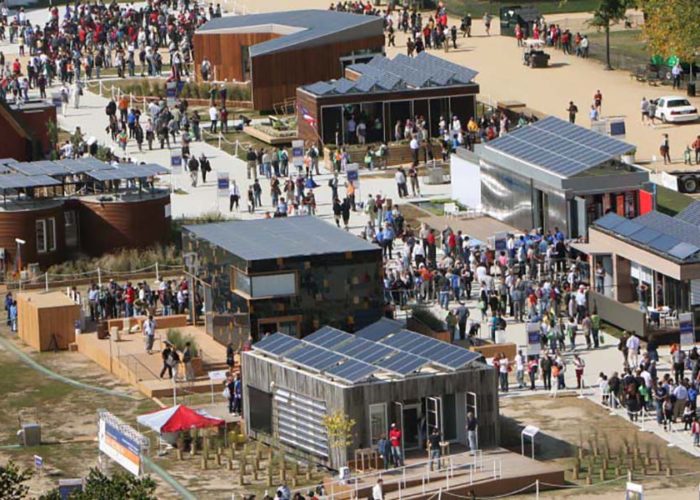-
BIA BOOK 2 OUTCOME-DRIVEN design™
BIA.studio is the originator of Outcome-Driven design, a framework for including diverse stakeholder perspectives in the design process. Drawing on innovation techniques developed in other creative industries, Outcome-Driven design equips project participants with a methodology for maximizing project potential. Understanding stakeholder desired outcomes provides the key insights needed to create truly responsive design solutions.
-
BIA BOOK 3 Design Profile: Transportation + Infrastructure
BIA.studio offers a unique approach to the design of transportation and infrastructure projects, leveraging outcome-thinking to deliver responsive and inspired solutions. Our award-winning designs are crafted to achieve value beyond initial program briefs and cost parameters. In applying our own Outcome-Driven design™ framework to each project, we consistently generate insights that enhance value creation for our clients.
-
BIA BOOK 4 UMass Lowell – North Campus Garage
Serving as the new face of the University on a highly visible site, this new garage completes the rebranding of the north campus, featuring a 50 x 300-foot long image of the University Avenue Bridge reflected in the Merrimack River.
-
BIA BOOK 5 SIGNmaker™ Wayfinding
SIGNmaker Wayfinding is a complete, automated, end-to-end process for the design and fabrication of visual and tactile wayfinding signs.
-
RS1 Understanding by Design
In our research of the past several years, we have become intrigued with the myriad ways creative industries outside of architecture have leveraged outcomes to drive successful design.
-
RS2 Why 2×2?
When the variables of a problem are aligned, decision-making is relatively straight forward. But more often than not, decisions require sorting out competing interests and understanding consequences.
-
RS3 Emotional Design Spectrum
Research in cognitive brain science has advanced a new framework to explain how people experience design through their emotions. Researcher and author Donald Norman and his colleagues have produced a theory of emotional design mapped to three different levels of the brain: the visceral level – the pre-wired, automatic layer; the behavioral level – for processing and controlling everyday behavior; and the reflective level – the contemplative part of the brain.
-
RS4 A Report on Net Zero Architecture
This past fall we visited the 2009 Solar Decathlon Competition in Washington DC to see first hand how 20 design teams from around the world have tackled the challenges of Net Zero Energy Architecture. We are excited to report that Net Zero Energy design has arrived!
-
RS5 Outcome Oriented Frameworks
“The creation of products and services that deliver significant new customer value.” That’s the short definition of Innovation. But the ability to achieve successful results is more difficult than one might think. Organizations that depend on their innovation capabilities for success must contend with this sobering statistic: 70-90% of all innovation efforts fail.
-
RS6 Clues
Users of a service behave like detectives (often unconsciously). We use our senses to detect information and then organize our perceptions into a set of feelings about a service. With the passage of time we incorporate additional informational clues and continuously update our perceptions, confirming- or perhaps changing – how we feel.
-
RS7 Better
How do we know when something is better? When we have options, we tend to go with the better choice. Better is always comparative, departing from an assumed benchmark. It is most commonly encountered as the middle level of available alternatives: good – better – best. Good is the baseline, and better nearly always costs more than good. But the superlative, best, commands the highest price in return for its expected superior qualities. Culturally, better seems to represent the soft middle ground, with the promise of improvement or greater value.










